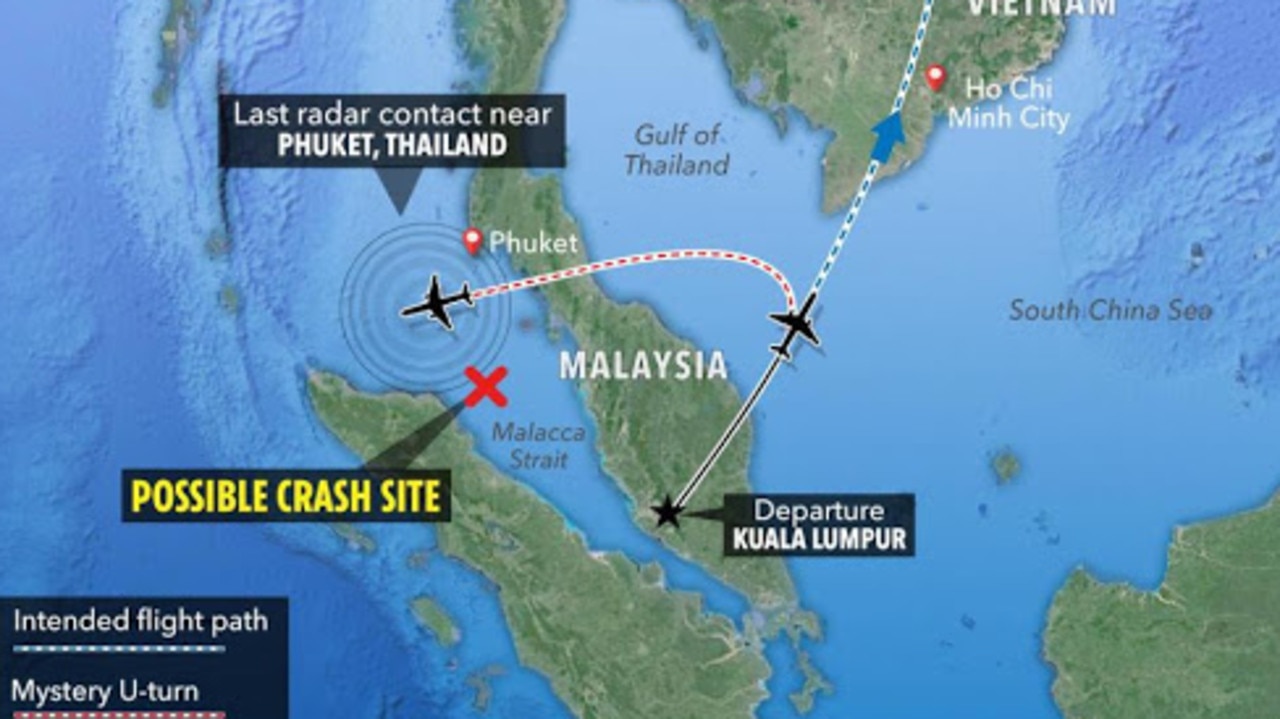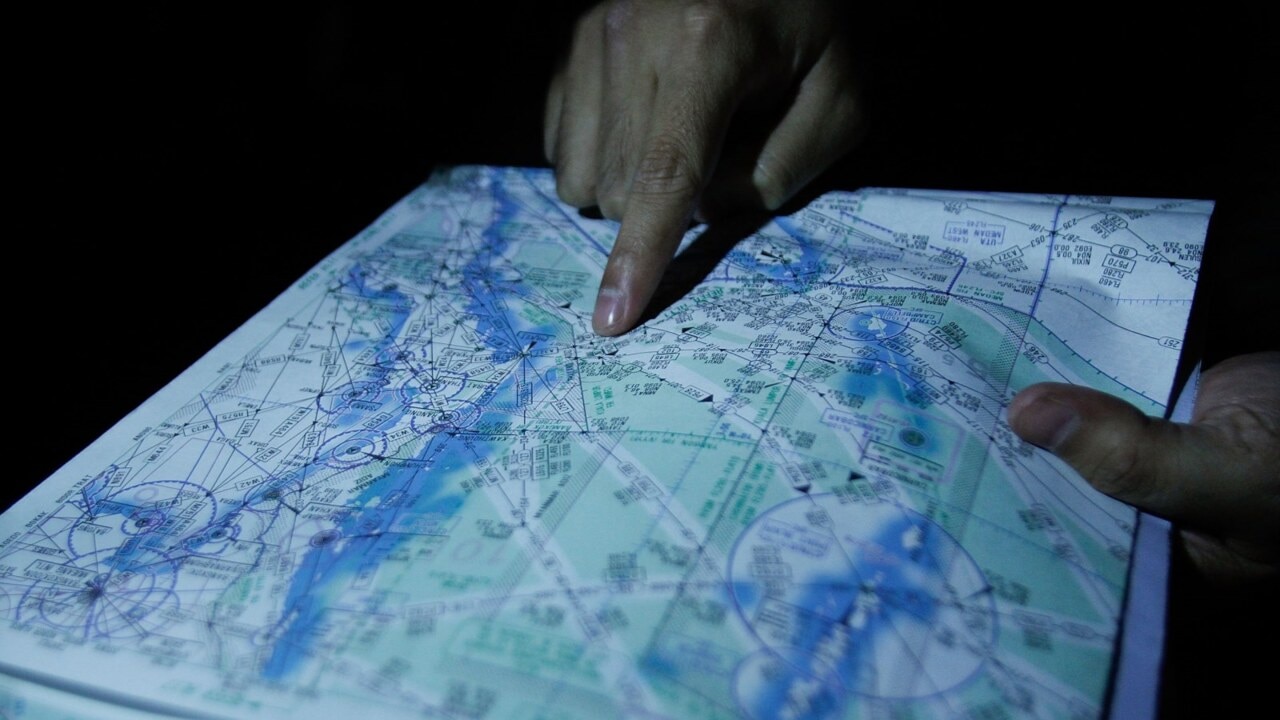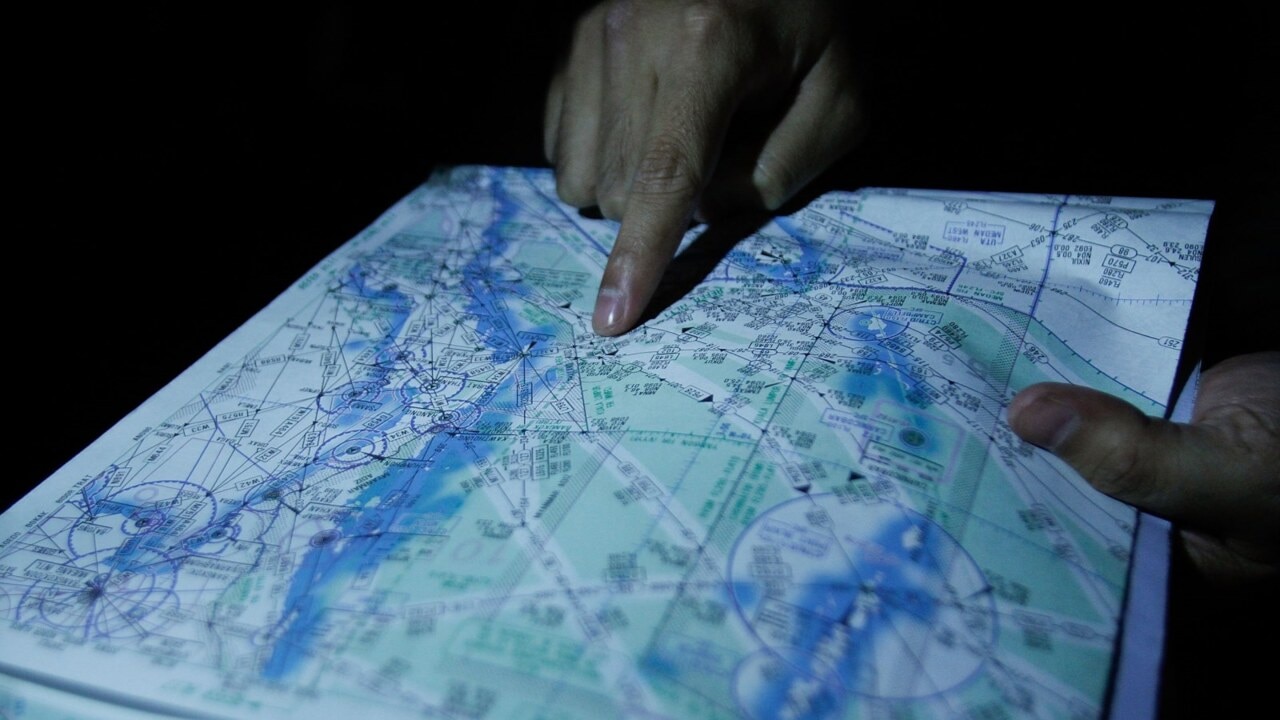Australia responds to fresh MH370 search as Malaysia hopes for a breakthrough in the long-unsolved mystery surrounding the disappearance of Malaysia Airlines Flight 370. Years after the plane vanished, a renewed search effort has sparked renewed interest and hope, prompting Australia to reconsider its involvement. This renewed search is driven by advancements in technology and persistent pressure from the families of the victims, who remain determined to find closure.
Australia’s renewed interest in the MH370 search, spurred by Malaysia’s renewed hope, comes at a time of intense media focus elsewhere. The news cycle is also buzzing with the surprising accusation that Blake Lively accuses It Ends With Us co-star Justin Baldoni of smear , a completely different story, but highlighting the diverse range of current events. This contrast underscores the unpredictable nature of headlines, while the search for MH370 continues its own, quiet, persistent path.
The international collaboration involved in this renewed search is significant, highlighting the global impact of this enduring tragedy.
This article will explore Australia’s official response, Malaysia’s expectations, the role of international collaboration, technological advancements, public opinion, and the potential implications of both successful and unsuccessful outcomes. We will examine the complexities of this renewed search effort, considering the resources committed, the technologies employed, and the diplomatic efforts undertaken to locate the missing aircraft.
Australia’s Response to the Renewed MH370 Search
The renewed search for Malaysia Airlines Flight MH370 has prompted a measured response from Australia, reflecting a complex interplay of past involvement, resource constraints, and evolving technological capabilities. This response contrasts with the significant commitment made during the initial search phases, highlighting a shift in priorities and available resources.
Australia’s renewed commitment to the MH370 search follows Malaysia’s expressed hope for closure. The news comes as other global events unfold, such as the exciting football match, Barcelona 1-2 Atlético Madrid: La Liga – as it happened , which highlights the diverse range of significant happenings worldwide. Ultimately, the focus remains on the families affected by the MH370 tragedy and the ongoing search efforts.
Australia’s Official Response to the Renewed Search
Australia’s official statement regarding the renewed search has been cautiously supportive, acknowledging Malaysia’s lead role and expressing willingness to cooperate within defined parameters. The statement emphasizes the importance of utilizing the latest technology and focusing efforts on areas identified as potentially promising by the new search initiative. While Australia is not committing substantial new resources directly to the search effort, it has indicated a readiness to share expertise and potentially provide logistical support if specifically requested by the Malaysian authorities.
Australia’s Rationale for its Level of Involvement

Australia’s current level of involvement is driven by several factors. The significant financial and resource commitment during the previous search phases has been cited as a major consideration. Furthermore, Australia’s priorities have shifted since the initial search, with other pressing national security and economic issues demanding attention. The decision to offer a more limited, but still supportive, role underscores the need for a balanced approach, aligning commitment with available resources and strategic priorities.
Comparison of Australia’s Current and Previous Involvement
Australia’s previous involvement in the MH370 search was significantly more extensive, involving substantial financial investment, the deployment of naval vessels and aircraft, and a major contribution to the underwater search efforts. The current response is more limited, focusing on cooperation and expertise sharing rather than direct, large-scale resource deployment. This reflects a change in the nature of the search, the availability of advanced technology, and a recalibration of Australia’s national priorities.
Malaysia’s Hopes and Expectations for the Renewed Search
Malaysia, as the country of origin for the flight, holds significant hope for the renewed search, driven by the desire to finally uncover the truth behind the disappearance of MH370 and provide closure to the families of the victims. This renewed effort reflects a continued commitment to resolve the mystery surrounding the flight’s disappearance, despite the challenges and previous setbacks.
Malaysia’s Stated Hopes and Sought Information
Malaysia’s primary hope is to locate the wreckage of MH370 and recover any remaining evidence that might shed light on the circumstances of the plane’s disappearance. The specific information sought includes the plane’s flight recorders (black boxes), which could contain valuable data on the final moments of the flight. Additional information about the plane’s final trajectory and potential causes of the crash is also a key objective.
The successful recovery of the wreckage would not only provide closure for the victims’ families but also enhance aviation safety standards.
Implications of a Successful or Unsuccessful Search
A successful search could lead to closure for families, potentially revealing the cause of the crash and allowing for improved aviation safety measures. An unsuccessful search, however, would likely leave many unanswered questions, leading to continued speculation and potentially hindering further investigations. For Malaysia, either outcome will have significant diplomatic and public relations implications.
Malaysia’s Diplomatic Efforts Related to the Renewed Search
Malaysia has undertaken significant diplomatic efforts to secure international collaboration for the renewed search, engaging with various countries and organizations to leverage their expertise and resources. This diplomatic engagement reflects the complex international dimensions of the search and the need for concerted global action to resolve the mystery.
International Collaboration in the Renewed MH370 Search
The renewed search for MH370 relies on a collaborative effort involving several key international players. The nature of this collaboration involves information sharing, resource coordination, and the leveraging of specialized expertise from different nations. This collaboration is crucial to the success of the search, highlighting the shared responsibility in resolving this international incident.
Key International Players and Nature of Collaboration
While Malaysia leads the renewed search, key players include Australia (providing expertise and potential logistical support), and potentially other nations with advanced underwater search capabilities. The collaboration is largely characterized by information sharing, coordination of search efforts, and the pooling of resources and technological expertise. The contributions of different nations vary, with some offering specialized technology, while others contribute logistical support or expert personnel.
Comparison of Contributions from Different Nations
The contributions of different nations reflect their specific capabilities and national priorities. Australia, for example, may focus on sharing its experience from the previous search, while other nations might contribute advanced underwater search technologies or specialized personnel. The level of involvement from each nation depends on their capabilities and willingness to contribute.
Table Summarizing Roles and Responsibilities
| Nation | Role | Responsibilities | Resources Committed |
|---|---|---|---|
| Malaysia | Lead | Overall coordination, data analysis, family liaison | Financial resources, primary search vessel |
| Australia | Supporting | Expertise sharing, potential logistical support | Expert personnel, data analysis support |
| [Other Nation 1] | Technology Provider | Provision of advanced underwater search technology | ROV, sonar equipment |
| [Other Nation 2] | Logistical Support | Provision of support vessels, personnel | Support vessels, personnel |
Technological Advancements in the Renewed Search
The renewed search benefits significantly from technological advancements not available during the initial phases. These advancements include more sophisticated underwater search vehicles and improved sonar technology, which increase the probability of locating the wreckage even in challenging deep-sea environments. This improved technology allows for a more targeted and efficient search.
New Technologies and Their Differences from Previous Searches
The new technologies employed include advanced remotely operated underwater vehicles (ROVs) with enhanced imaging capabilities and more powerful sonar systems capable of penetrating deeper sediment layers. These differ from previous technologies by their increased range, improved resolution, and ability to operate in more challenging conditions. The increased range and resolution improve the chances of locating the wreckage.
Potential Impact of New Technologies on Search Outcome, Australia responds to fresh MH370 search as Malaysia hopes for a
The advanced technologies used in the renewed search significantly increase the chances of locating the wreckage. The improved capabilities allow for a more thorough and efficient search, covering a larger area and penetrating deeper into the seabed. This is particularly significant given the challenges of searching the vast and deep ocean floor.
Advantages and Disadvantages of New Technologies
- Advanced ROVs:
- Advantages: Enhanced maneuverability, improved imaging, ability to operate in deeper waters.
- Disadvantages: High cost, potential for technical malfunctions, limited operational time.
- Improved Sonar Systems:
- Advantages: Increased range and resolution, ability to penetrate sediment layers.
- Disadvantages: High cost, susceptibility to environmental interference, data interpretation complexities.
Public Opinion and Media Coverage of the Renewed Search: Australia Responds To Fresh MH370 Search As Malaysia Hopes For A
Public reaction to the renewed search is mixed, reflecting a range of emotions from cautious optimism to skepticism. Media coverage has been significant, highlighting the ongoing mystery surrounding the disappearance and the technological advancements driving the renewed effort. This coverage reflects the global interest in the case and the desire for resolution.
Public Reaction in Australia and Malaysia
In both Australia and Malaysia, public opinion is a mix of hope and realism. Many still hold out hope for answers, while others are more skeptical given the previous unsuccessful searches. The families of the victims continue to seek closure and justice. Social media discussions reflect this spectrum of emotions, with expressions of hope mixed with concerns about the feasibility of the search.
Media Coverage and Key Themes
Media coverage has focused on the technological advancements employed in the search, the challenges of searching the deep ocean, and the ongoing impact on the families of the victims. Key themes include the ongoing mystery, the technological aspects of the search, and the human cost of the tragedy. The media portrayals often highlight the enduring mystery and the hopes for closure for the families.
Comparison of Media Portrayals
Media portrayals in different countries reflect national perspectives and priorities. Australian media may emphasize the country’s past involvement and technological contributions, while Malaysian media might focus on the emotional impact on the families and the nation’s commitment to finding answers. International media generally provides a broader overview, combining technological details with the human story.
Examples of Public Statements and Social Media Discussions
Social media discussions often include expressions of hope, skepticism, and support for the families of the victims. Public statements from government officials and aviation experts frequently appear in the media, offering updates on the search progress and technological advancements. These diverse voices contribute to a complex public discourse surrounding the renewed search.
Potential Outcomes and Their Implications
The renewed search for MH370 could result in either the discovery of the wreckage or its continued elusiveness. Both outcomes carry significant implications for the families of the victims, international relations, and aviation safety standards. These potential outcomes highlight the complexities surrounding this long-standing mystery.
Implications of Finding the Missing Plane

Finding the wreckage could provide answers to long-standing questions, allowing for a more comprehensive understanding of the circumstances leading to the plane’s disappearance. This would provide closure to the families of the victims, potentially leading to improved aviation safety standards and potentially legal ramifications depending on the cause of the crash.
Implications of Not Finding the Missing Plane
Failure to locate the wreckage would leave many questions unanswered, perpetuating the mystery and potentially hindering future investigations. This outcome would likely lead to continued speculation and uncertainty for the families of the victims, and potentially damage international confidence in aviation safety protocols. The lack of closure could also lead to renewed calls for improved international cooperation in investigating aviation accidents.
Impact on Families of the Victims
For the families of the victims, the outcome of the search will have a profound and lasting impact. Finding the wreckage and recovering remains could provide a sense of closure and allow for proper mourning. Failure to find the wreckage would likely prolong their suffering and intensify their grief. The emotional impact on the families is paramount, regardless of the search outcome.
Geopolitical Implications
The outcome of the search could have geopolitical implications, particularly concerning international cooperation in aviation safety and disaster response. A successful search would highlight the benefits of international collaboration, while an unsuccessful search might prompt calls for improved protocols and resource allocation for future investigations. The outcome could influence future international agreements and cooperation on aviation safety.
Illustrative Depiction of Search Technology

The renewed search relies heavily on advanced technologies, particularly remotely operated underwater vehicles (ROVs) and sophisticated sonar systems. These technologies are crucial for navigating the challenging deep-sea environment and detecting objects on the ocean floor. The descriptions below provide a detailed overview of these critical technologies.
Remotely Operated Underwater Vehicle (ROV)
A typical ROV used in deep-sea searches is a robust, remotely controlled underwater robot equipped with high-resolution cameras, powerful lights, and various sensors. Its design incorporates a strong, waterproof housing to withstand the immense pressure at great depths. Multiple thrusters provide precise maneuverability, allowing for careful exploration of the seabed. Advanced imaging systems, including high-definition cameras and sonar, enable the ROV to capture detailed images and data of potential wreckage.
However, ROVs have limitations including operational depth, tether length, and susceptibility to damage from strong currents or underwater obstacles.
Sonar Technology Employed
The sonar technology employed in the search uses sound waves to create images of the ocean floor. These systems transmit sound pulses and measure the time it takes for the echoes to return. By analyzing the time and intensity of these echoes, the system can create a detailed map of the seabed, revealing potential objects such as the wreckage of MH370.
Advanced sonar systems can penetrate sediment layers and distinguish between different materials, increasing the chances of detecting the wreckage even if buried under the seabed. However, the accuracy and resolution of sonar images can be affected by factors like water temperature, salinity, and the presence of marine life or other objects.
The renewed search for MH370, spurred by technological advancements and persistent hope, presents a complex interplay of international collaboration, national interests, and the enduring grief of families. Australia’s measured response, alongside Malaysia’s fervent hope for answers, underscores the profound impact of this tragedy. While the outcome remains uncertain, the search itself serves as a testament to the resilience of those seeking closure and the ongoing commitment to unraveling the mysteries surrounding this unsolved aviation enigma.
The success or failure of this search will undoubtedly have far-reaching implications, not only for the families involved but also for the international aviation community and our understanding of the complexities of large-scale ocean searches.
Detailed FAQs
What new technologies are being used in the renewed search?
The renewed search utilizes advanced underwater autonomous vehicles (AUVs) and improved sonar technology capable of mapping the seabed with greater precision and detecting smaller objects than previously possible.
What is the estimated cost of the renewed search?
The exact cost is not publicly available but is expected to be substantial, depending on the duration and extent of the search operations.
What is the likelihood of finding the wreckage?
The likelihood of finding the wreckage remains uncertain, dependent on factors like the search area’s size, the depth of the ocean floor, and the condition of the wreckage itself.
What role are the families of the victims playing in the renewed search?
The families have been actively advocating for a renewed search, maintaining pressure on governments and supporting the ongoing efforts to find answers and closure.
